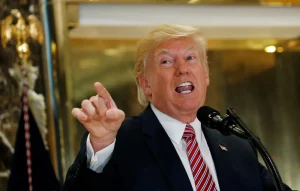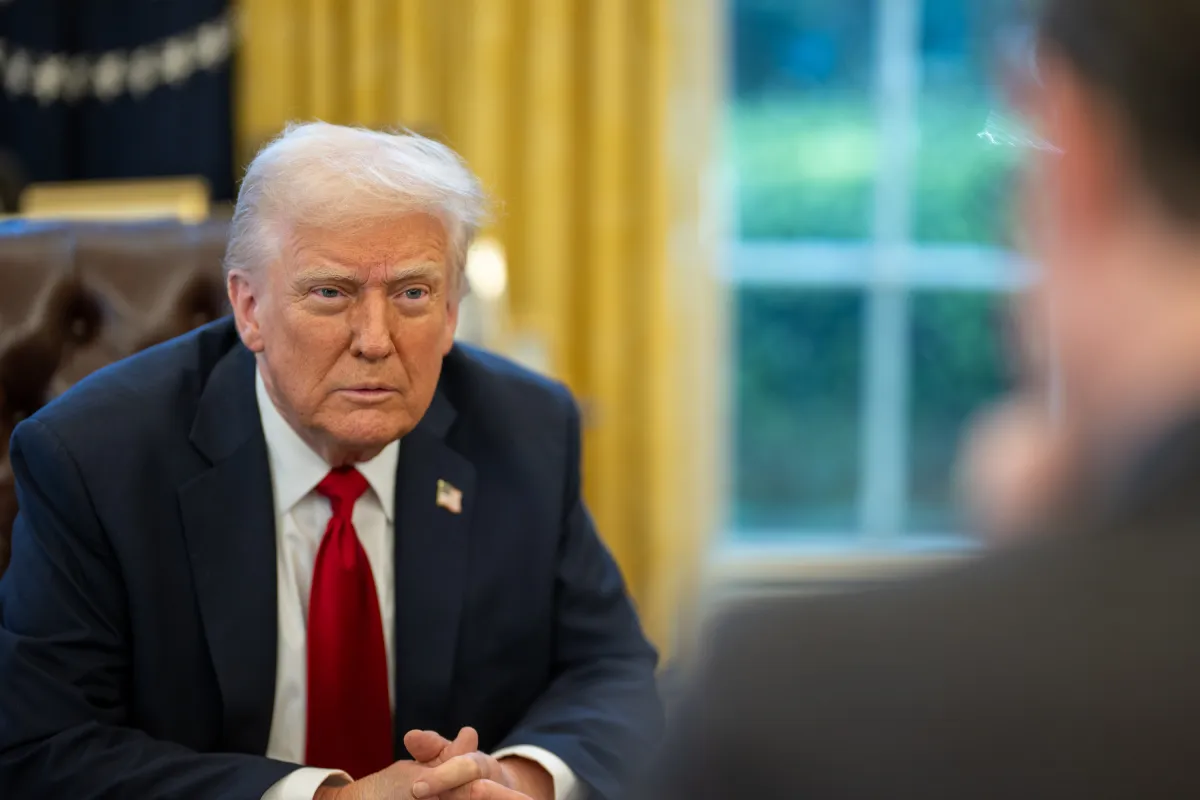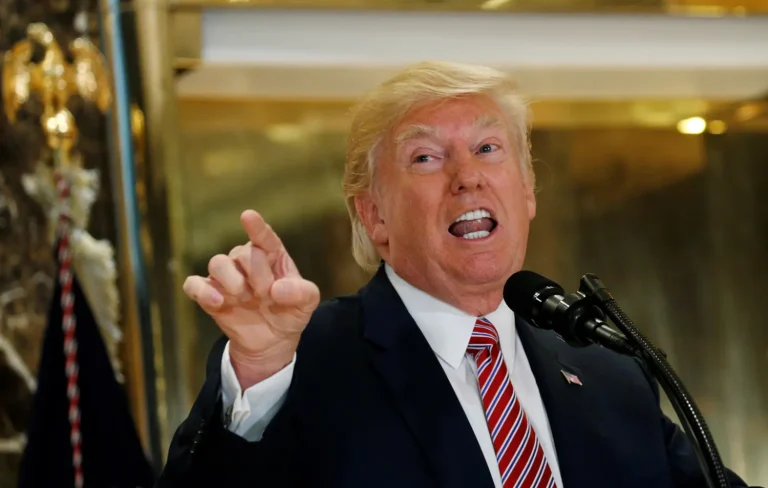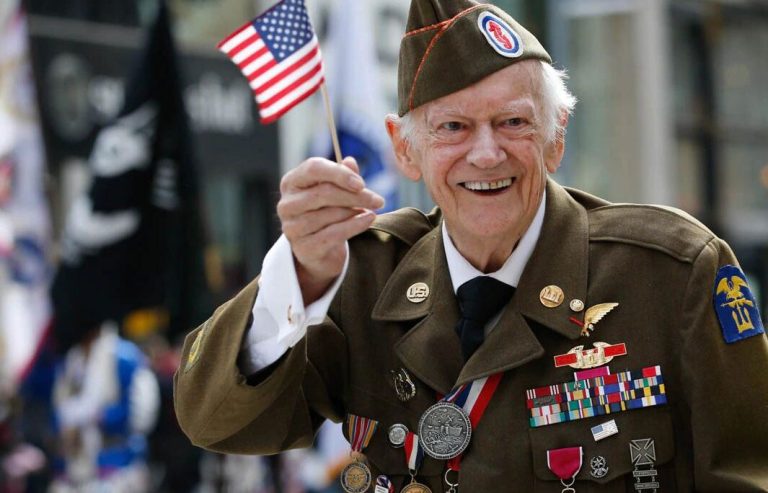Before Donald Trump became the 47th president of the United States, he was best known as a real estate mogul and casino owner, with a glittering presence along Atlantic City’s famed boardwalk. Over the course of the 1980s and 1990s, Trump launched some of the most high-profile casinos in the city, including the Trump Plaza Hotel (1984), Trump’s Castle (1985, later renamed Trump Marina), and the massive Trump Taj Mahal (1990).
But the grandeur was short-lived. Trump Entertainment Resorts filed for bankruptcy three separate times between 2004 and 2014. By 2016, most of Trump’s properties in the city had either closed or been sold off, leaving behind vacant structures and financial scars that reshaped the Atlantic City skyline. The demolition of the Trump Plaza Hotel in 2021 was a symbolic end to that chapter.
Now, as president, Trump’s taste for opulence has resurfaced—this time inside the Oval Office itself. A recent set of before-and-after photos of the West Wing’s most iconic room has fueled debate, criticism, and even humor about his design choices.
The images show a dramatic transformation: under Trump’s direction, the Oval Office has been reimagined with a heavy dose of his favorite color—gold. Fixtures, picture frames, furniture, and even accents on the ceiling now gleam with gilded trim. Ornamental items crowd the space, including a replica of the FIFA World Cup trophy placed on the mantel after Trump was denied his request to keep the original.
Critics say the space now resembles a glitzy casino lobby more than the seat of American executive power. Podcaster Brian Allen captured the sentiment when he reposted the images online, quipping: “Not hard to see how he bankrupted so many casinos. These are the same rooms btw.”
The comparison quickly gained traction on social media. Some observers described the room as “gaudy,” “over-the-top,” and lacking the “reverent dignity” traditionally associated with the presidency. One critic wrote, “Countless critical meetings have been held there. It is a place of work, not a leisure palace or a gaudy casino.” Another joked the new look was like “a fire sale at Poundland.”
Others, however, defended the redesign. One commenter argued that Biden’s Oval Office décor had been drab and “funeral-home like,” saying Trump’s golden touch, while excessive, at least brought vibrancy to the room. “I do think he went a little overboard on the gold,” the user admitted, “but it was an improvement.”
For Trump, the Oval Office makeover is not just about aesthetics but symbolism. He has repeatedly argued that the room he inherited was in poor shape and unworthy of representing the United States. “When we took it over, it was dirty, not clean,” Trump said in defense of the remodel. “I immediately changed the chair and had this beautiful desk renovated… This was not appropriate for the Oval Office when I took over.”
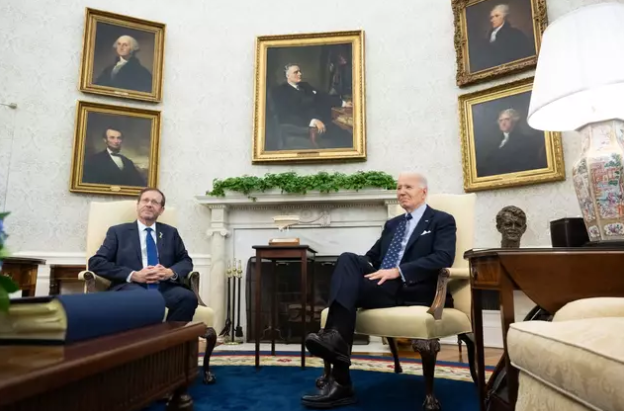
Speaking about the gold flourishes, Trump leaned into his well-known preference for luxury. “You see the way this is looking nice? I can’t tell you how much that gold costs—a lot of money,” he told reporters. “There’s nothing like gold, and there’s nothing like solid gold.”
The president has not stopped at the Oval Office. Plans are reportedly underway to build a $200 million ballroom in the East Wing, while the famous Rose Garden has already been paved over as part of his vision for a more functional event space.
The choice to stock the Oval Office with memorabilia also reflects Trump’s personal style. The room, often minimalist under previous presidents, is now filled with trophies, trinkets, and mementos. Among them is the replica World Cup trophy, which Trump claims “fits very well” with the new golden décor.
The redesign has once again brought Trump’s business past into the conversation. To his critics, the gilded Oval Office is a direct reflection of the same instincts that led his Atlantic City casinos into bankruptcy: prioritizing spectacle over sustainability, and flashy displays over sober functionality. To his supporters, however, it represents boldness and a willingness to break with tradition—qualities they believe define Trump’s approach to leadership.
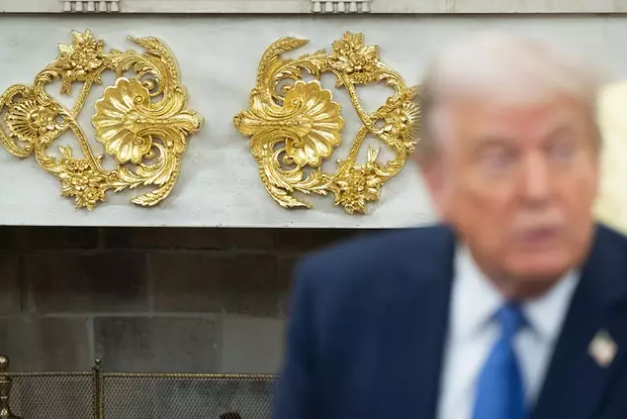
The symbolism of the makeover, much like Trump’s presidency itself, lies in the eye of the beholder. For some, it’s a desecration of a sacred workspace. For others, it’s a fitting update that reflects Trump’s unique persona. What is undeniable is that, once again, Trump has succeeded in commanding attention and sparking debate about the nature of American leadership—this time, through the gilded trimmings of the Oval Office.

James Jenkins is a celebrated Pulitzer Prize-winning author whose work has reshaped the way readers think about social justice and human rights in America. Raised in Atlanta, Georgia, James grew up in a community that instilled in him both resilience and a strong sense of responsibility toward others. After studying political science and creative writing at Howard University, he worked as a journalist covering civil rights issues before dedicating himself fully to fiction. His novels are known for their sharp, empathetic portraits of marginalized communities and for weaving personal stories with broader political realities. Jenkins’s breakout novel, Shadows of Freedom, won national acclaim for its unflinching look at systemic inequality, while his more recent works explore themes of identity, resilience, and the fight for dignity in the face of oppression. Beyond his novels, James is an active public speaker, lecturing at universities and participating in nonprofit initiatives that support literacy and community empowerment. He believes that storytelling is a way to preserve history and inspire change. When not writing, James enjoys jazz music, mentoring young writers, and traveling with his family to explore cultures and stories around the world.

